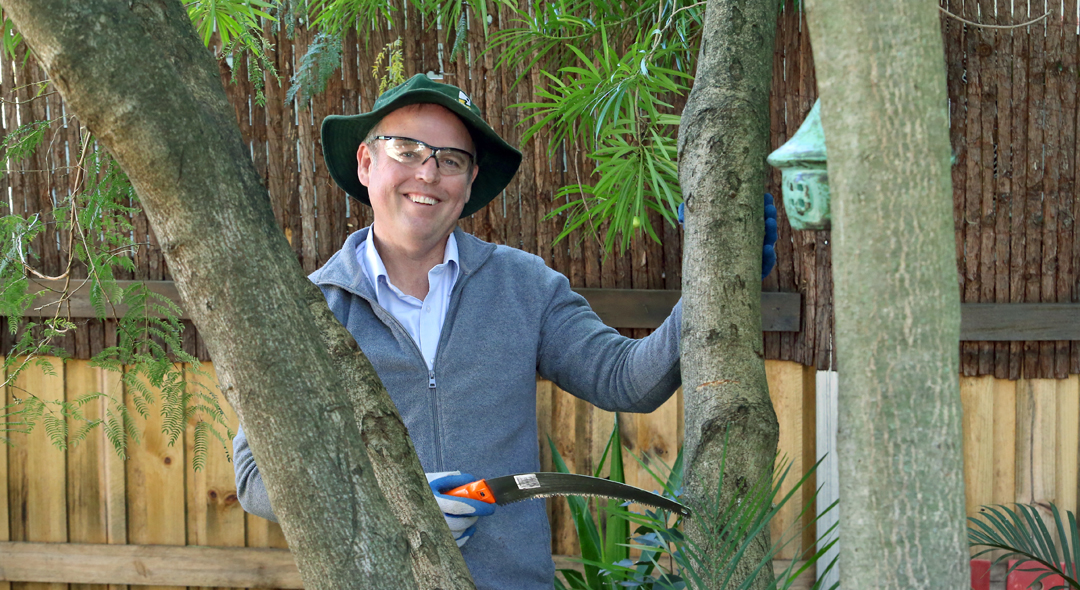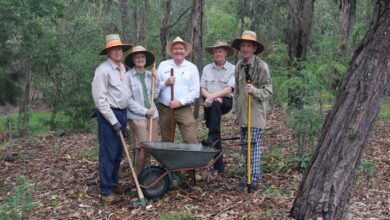
James Hilyard is Ipswich City Council’s Works, Parks and Recreation Department Principal Officer (Parks and Sport).
James is a horticulturalist, arborist and holds a masters degree in sustainability.
In this month’s gardening column, James shares his tips for pruning.
As winter starts to take a grip on the city it’s a good time to look at what needs pruning in your garden.
It’s time to start tidying up your trees and shrubs, especially anything that’s just finished flowering.
There are a few general rules to go by but of course there are exceptions to every rule.
Let’s start with shrubs and bushes.
A light ‘haircut’ after flowering is generally beneficial to keep shrubs compact and healthy.
Now I am talking first day of school style haircut not Olympic freestyle relay team haircut, you can take quite a bit of material off but don’t scalp them.
Remove all the old flowers and seed heads and cut back into last season’s growth.
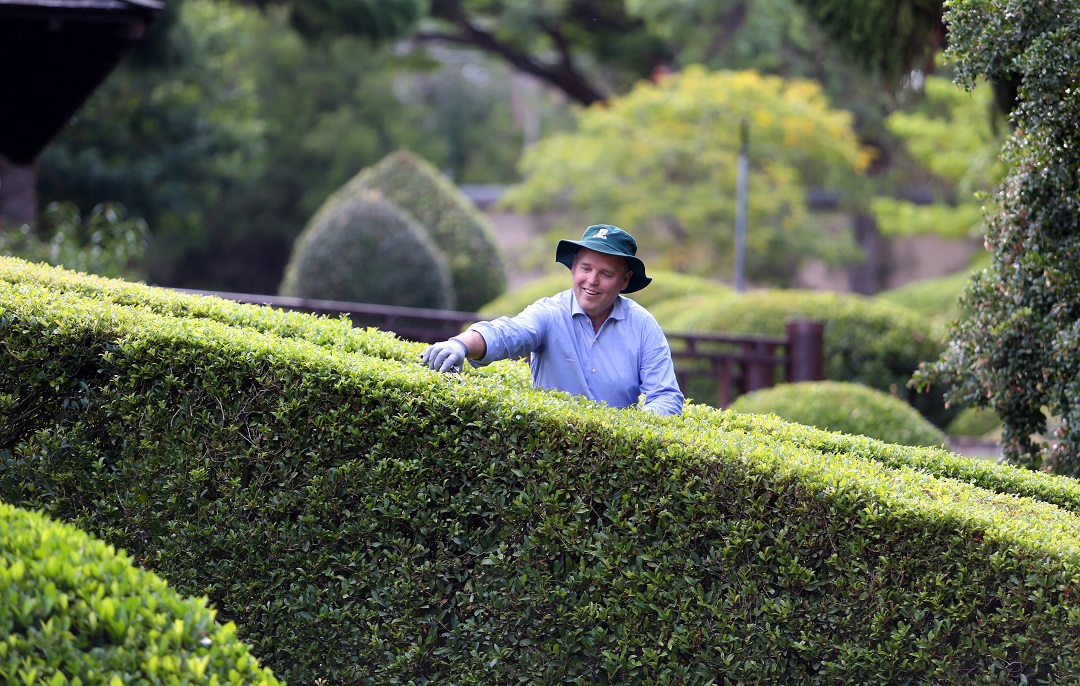
This can be a reduction by between 10 and up to 30 % of the plant by volume.
Everyone has a different approach to pruning and over the years I have seen some horror shows.
If you take a methodical approach to the task you can avoid doing irreparable damage.
- Start by removing any dead wood. Remove this first and then see what’s left.
- Remove or reduce any crossing or rubbing limbs.
- If it’s a tree or single stem shrub identify the main leader or central stem. Remember that the highest bud on the tree will be the dominant growth point.
- Make your cuts to an outward facing bud so new growth pushes outward.
- Follow correct pruning techniques. Avoid straight cuts down the trunk or leaving ‘coat hooks’ on the ends.
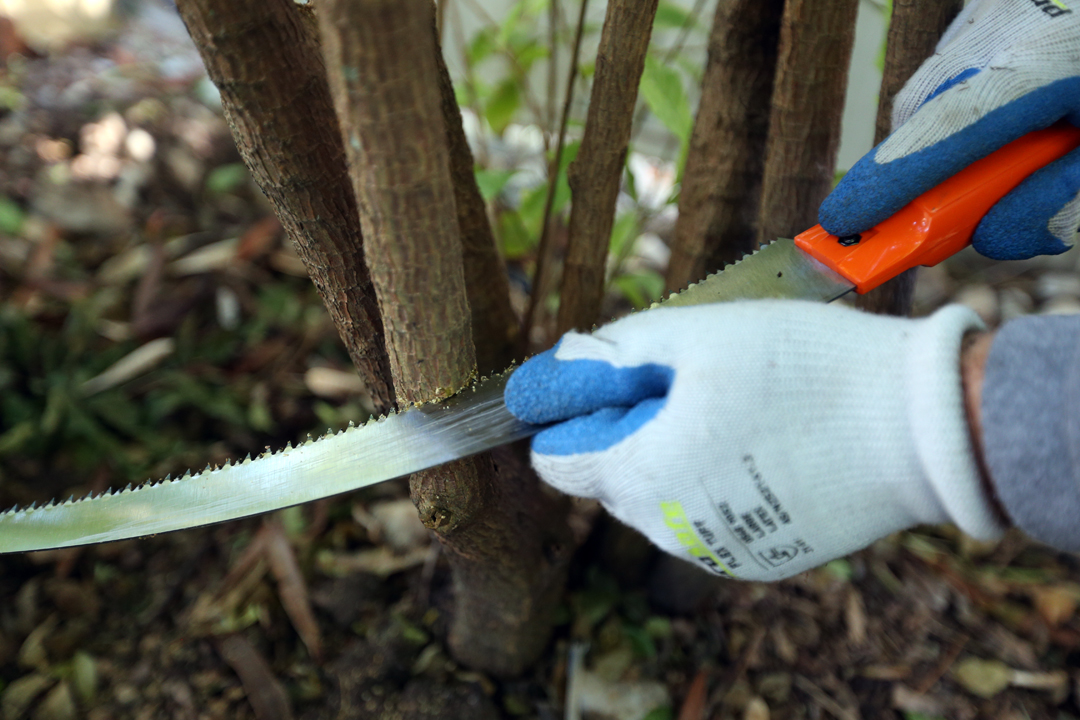
To remove a limb or branch you need to follow the correct procedure.
Improper pruning can kill a tree.
Make your undercut on the branch you want to remove leaving enough room to make your subsequent cuts, the cut should go about 30% of the way through the underside of the branch.
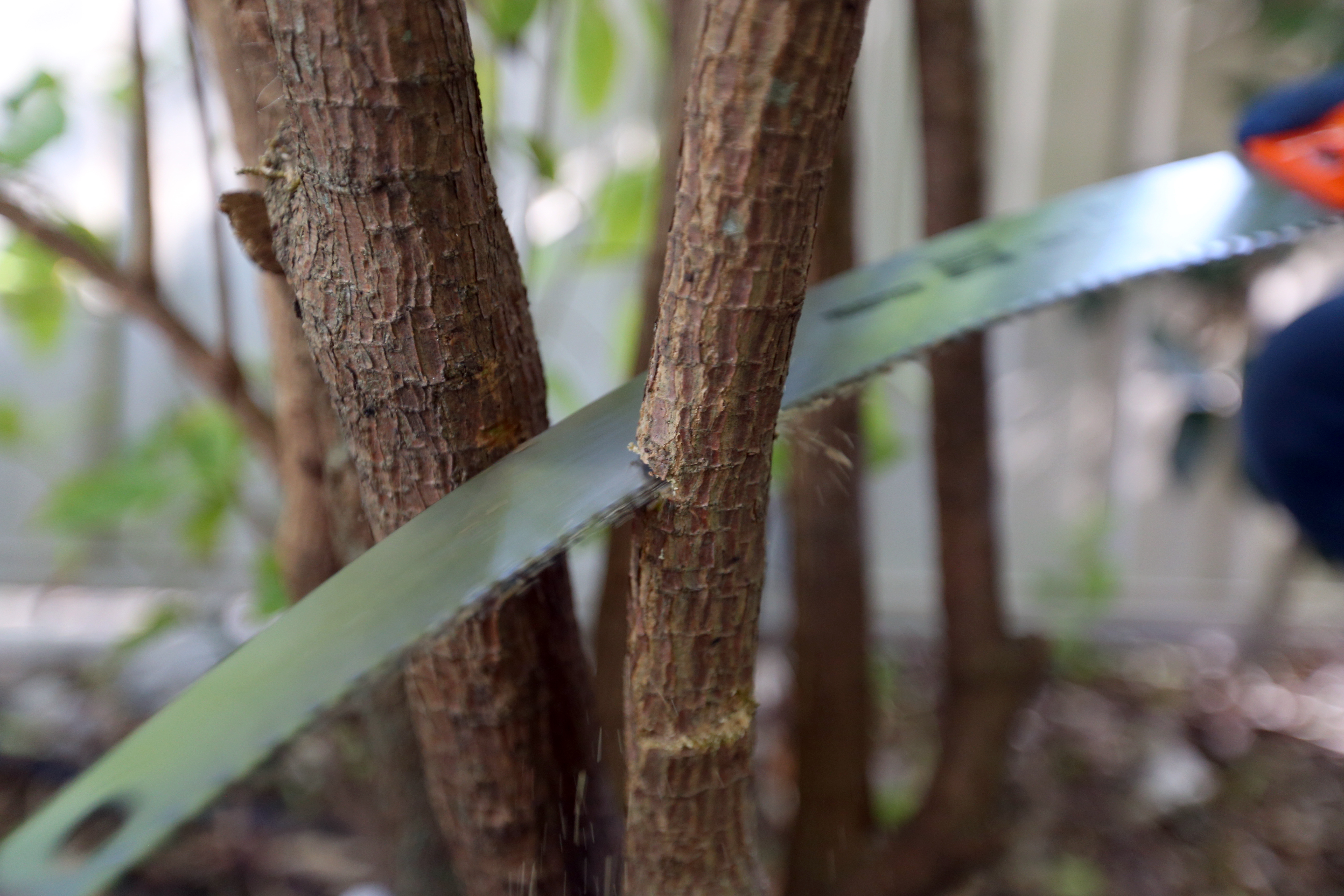
Make your top cut about half way between the trunk or main stem and the undercut. This will allow the branch to fall away without tearing the bark from the plant.
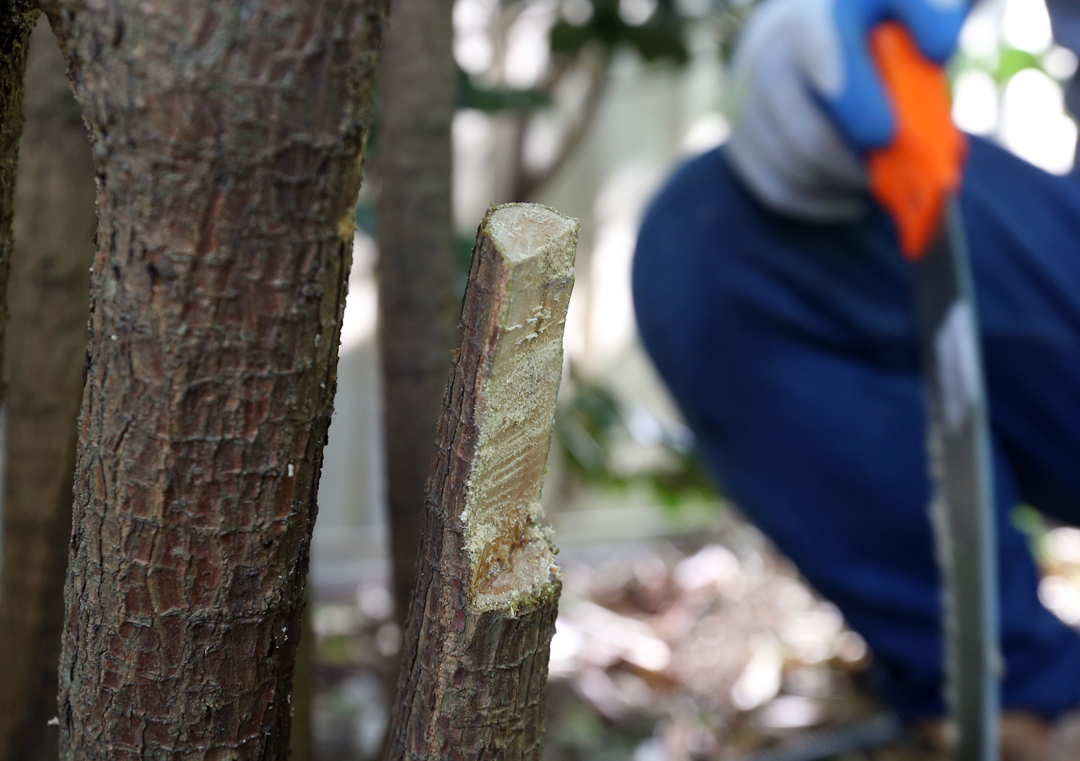
The final cut is to remove the remaining material in a way that the tree or shrub can heal over the wound without risk of rot or disease.
To do this we have to find what we call the ‘bark ridge angle’ this is a ridge of growth at the base of the branch where it joins the trunk of the tree.
Your final cut should mirror this angle.
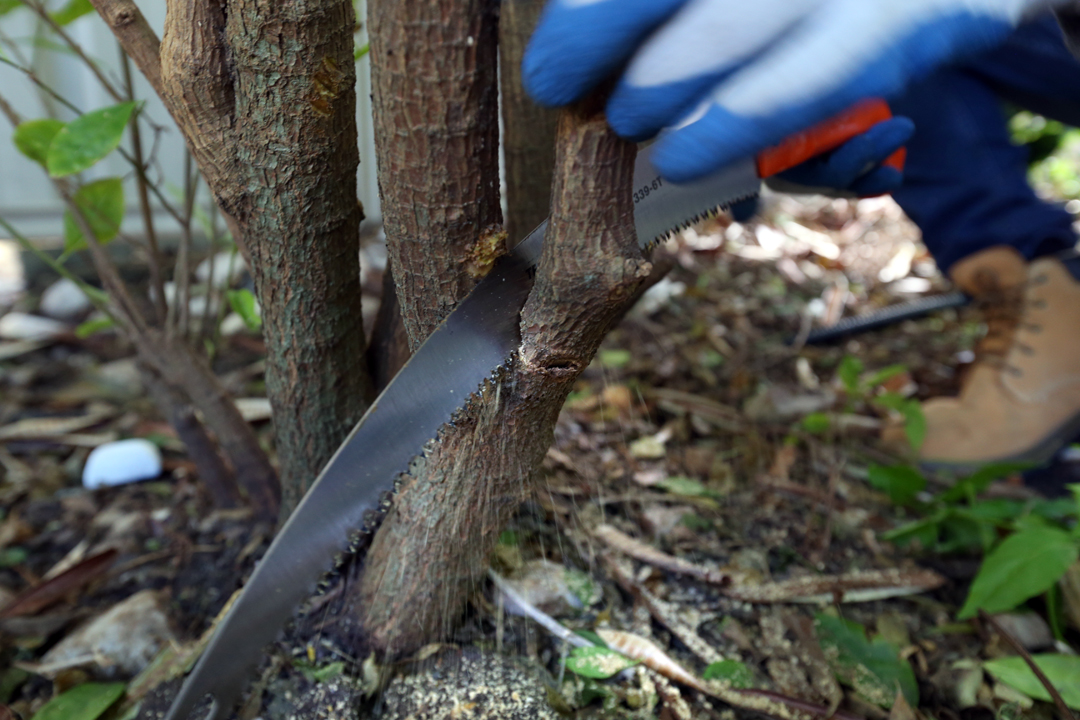
This will leave you a sloping ‘knob’ on the trunk of the tree. This ‘knob has growth hormones which will help the tree heel and close the wound left by the removal of the branch.
Avoid pruning any citrus until later in the season as well as hold off from applying any nitrogen rich fertiliser until any risk of frost has past.
If you apply it now there is a chance you will get new growth too early and a frost could burn it off.
If you follow a few simple rules you can avoid pruning disasters and have a happy garden.
>>> Gardening with James Hilyard: Mulch, mulch, mulch
>>>Gardening with James Hilyard: What to do around your garden in autumn
>>> Gardening with James Hilyard: Selecting the right plants for your home

